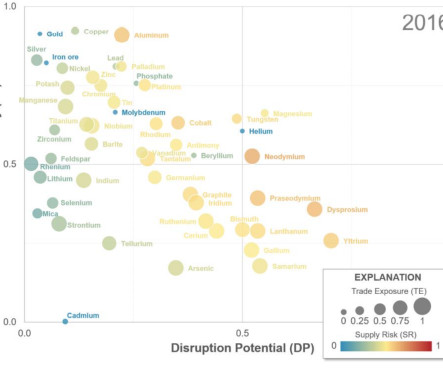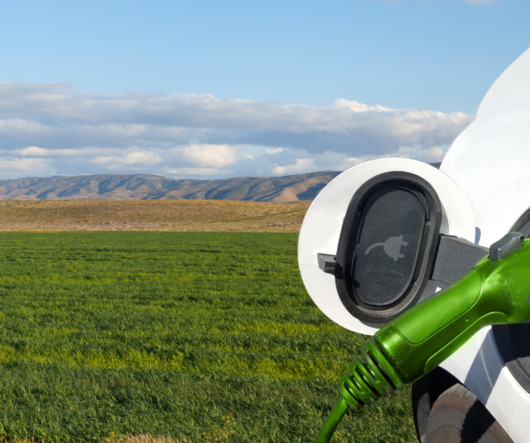ARPA-E to award up to $5M to investigate extracting rare earth and other critical minerals from macroalgae
Green Car Congress
APRIL 29, 2023
REEs and PGMs are critical in the manufacture of modern energy and national security technologies, including high-performance magnets required for wind turbines, electric vehicles, high-energy-density battery electric storage, high efficiency lighting, solar panels, and other technologies either core or ancillary to the renewable energy industry.












Let's personalize your content